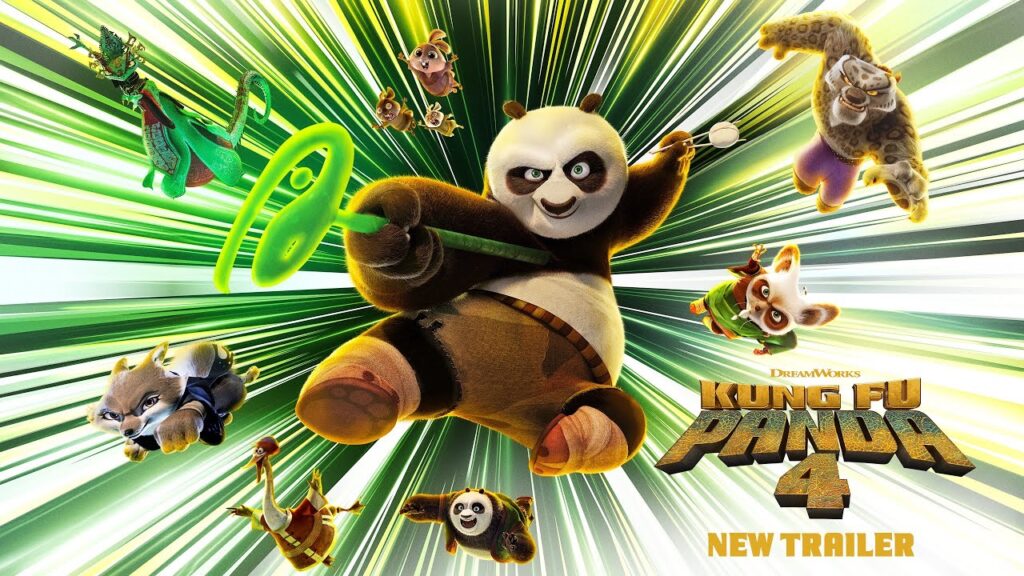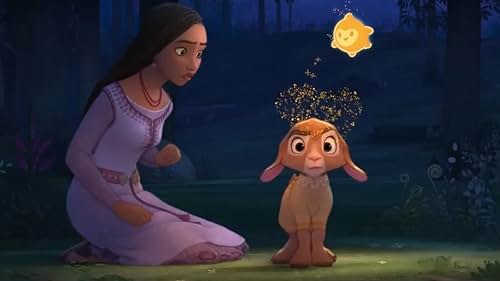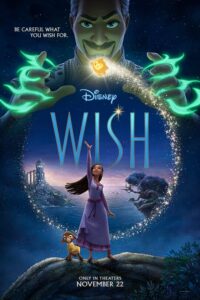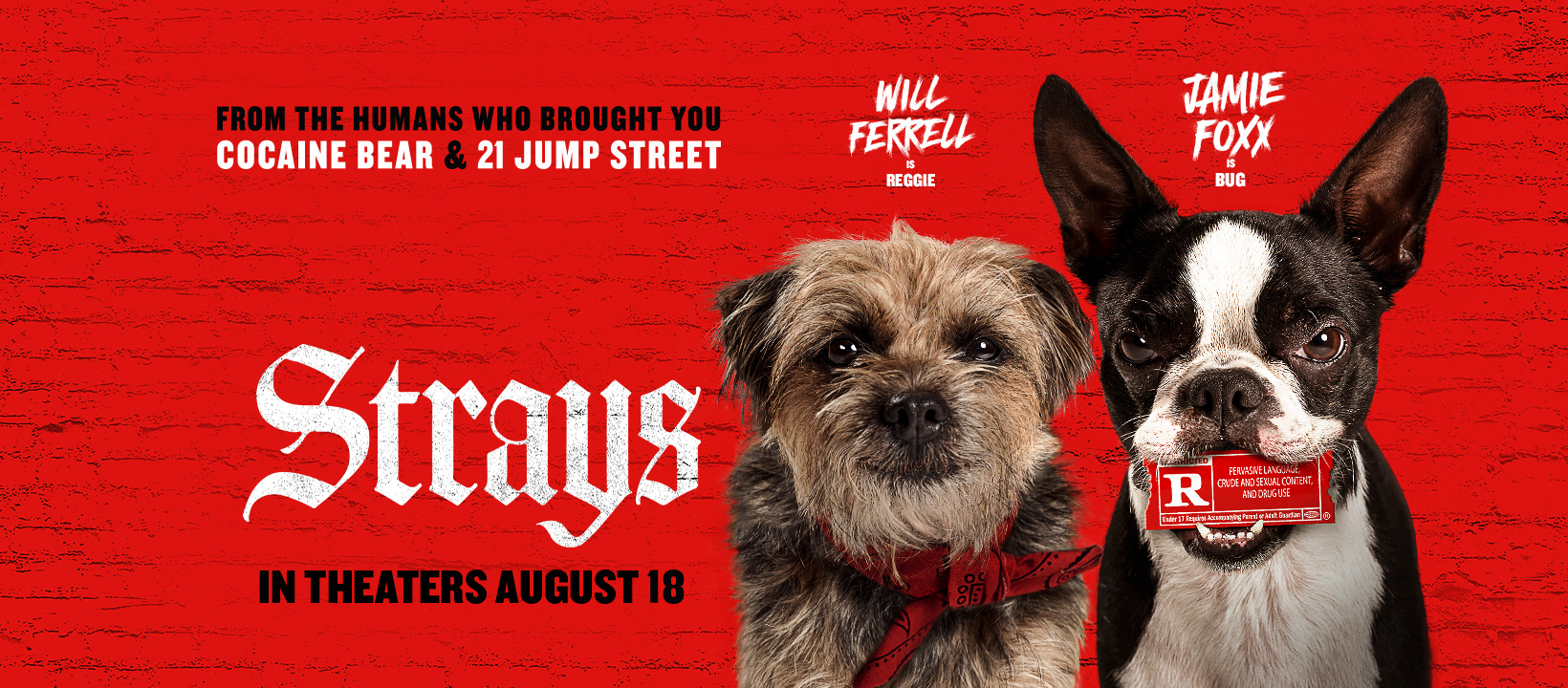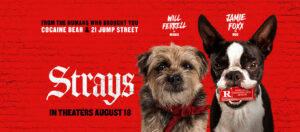The Wild Robot
Posted on September 25, 2024 at 5:31 pm
B +| Lowest Recommended Age: | Kindergarten - 3rd Grade |
| MPAA Rating: | Rated PG for thematic elements, action, and peril |
| Profanity: | Some schoolyard language |
| Alcohol/ Drugs: | None |
| Violence/ Scariness: | Sci-ff/cartoon style violence, shooting, off-screen deaths including death of a parent and a mentor |
| Diversity Issues: | A theme of the movie |
| Date Released to Theaters: | September 26, 2024 |
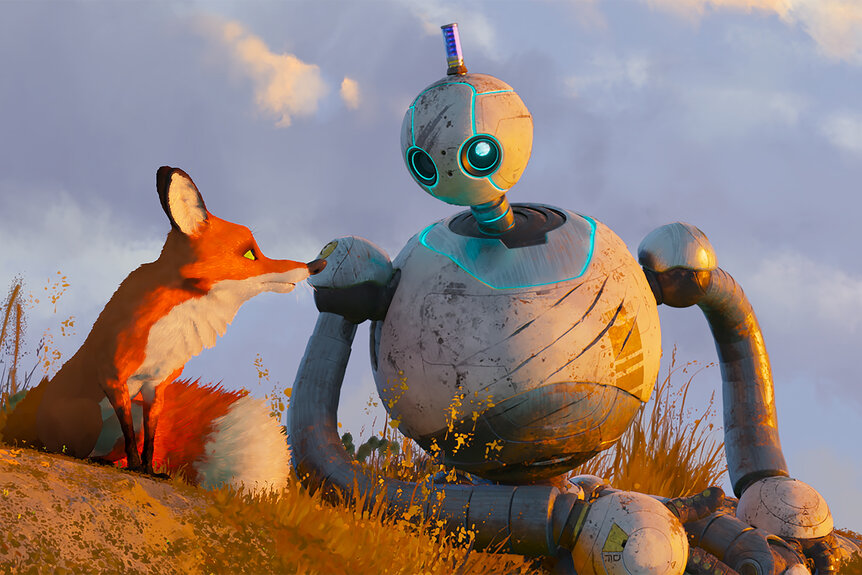
A plane delivering high-tech equipment flies into a storm and a crate falls out, landing on an island inhabited only by animals. Inside the crate is a super-intelligent, ultra-capable robot programmed to complete any task a human might require. The contrast between the natural world of the plants and animals and the metal and programming of the robot is the premise for this story, based on the book series by Peter Brown, told with humor and heart by specialist in “opposites attract” stories director Chris Sanders (“How to Train Your Dragon,” “Lilo & Stitch.”
On one side, fur, feathers, and scales. On the other side, metal and code. The robot, identified by the corporation that created it, is called ROZZUM unit 7134, is a kind of souped-up Swiss Army knife. One of the movie’s greatest pleasures is the way its infinitely adaptable parts and appendages are deployed. Nothing in the robot’s programming has prepared it for the island. But it is capable of learning and adjusting to its environment, so after failure to get a satisfying answer to questions like, “Are you my client?” and “Do you need assistance?” she (we will use that pronoun because the robot has the sweet voice of Oscar-winner Lupita Nyong’o, takes the local next step. She sits down and observes her new environment to learn how to communicate with her fellow inhabitants, which enables us to hear what they have to say, thanks to the brilliant voice work of Pedro Pascal as a fox named Fink, Bill Nighy as a goose named Longneck, Ving Rhames as a falcon named Thunderbolt, Mark Hamill as a bear named Thorn, and Catherine O’Hara, hilarious as always, as Pinktail, a mother opossum covered with her babies.
Roz (as she will ultimately be called) could hardly be more poorly fashioned for this environment. It is funny to see her expect the animals to feel rewarded when she follows her programing by giving them stickers, promotional material for the company that made her, followed by a burst of confetti, even more out of place in the lush natural world than she does. The animals at first consider her a monster.
The early scenes about their unfitness for each other leads organically to interest, understanding, respect, and ultimately a very heartwarming sense of family. A turning point is Roz’s rescue of an orphaned goose egg, left alone after an accident and stolen by Fink for a meal. Roz does not understand what it means to care for the egg, and then, when it hatches and the little gosling imprints on Roz as its mother, she has a task at last: to teach the bird to eat, swim, and fly, so that it can be ready to migrate before it gets too cold. “I do not have the programming to be a mother,” Roz says. “No one does,” Pinktail correctly observes.
Roz develops what can only be described as feelings for the little goose, named Brightbill (Kit Connor). She loses some components and breaks down a bit, from pristine and shiny to scuffed and mossy, with a prosthetic calf made from a log.Is she mirroring what she sees around her? Is she creating the programming necessary to give a child a sense of security and the knowledge he is special to someone? Or is there some way for a machine to develop a soul? Or is it just a reflection of all of the damage to her mechanics? Possibly all of the above. But it is a smaller reach than one might think from being programmed to be of service to placing meaning and purpose on that imperative.
A lot more happens, including some parent-child estrangement (adolescents!) and a lot for Brightbill to learn from his fellow geese, as well as Fink becoming less “fox-y” and all of the animals learning to help each other. The action scenes are dynamic and involving but it is the gentleness of the lessons the characters learn about kindness that will make this film an endearing family favorite.
Parents should know that there is some sci-fi-style shooting. A character is killed off-screen sacrificing himself to save others and a character’s family is discreetly killed in an accident. Another character appears to have been eaten but is not. Characters use some schoolyard language.
Family discussion: What was the most important thing Roz learned and how did she learn it? If you had a Roz, what would you ask her to do? Do you think we will have machines like that?
If you like this, try: the books, and “The Iron Giant” and “Wall-E




